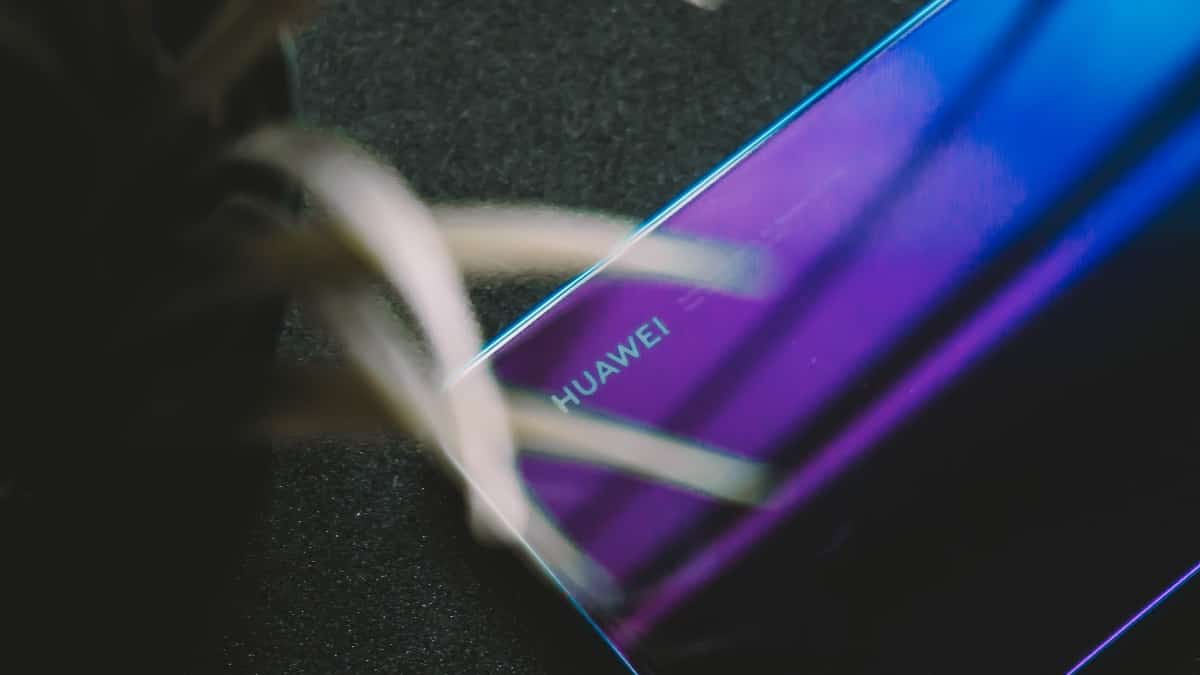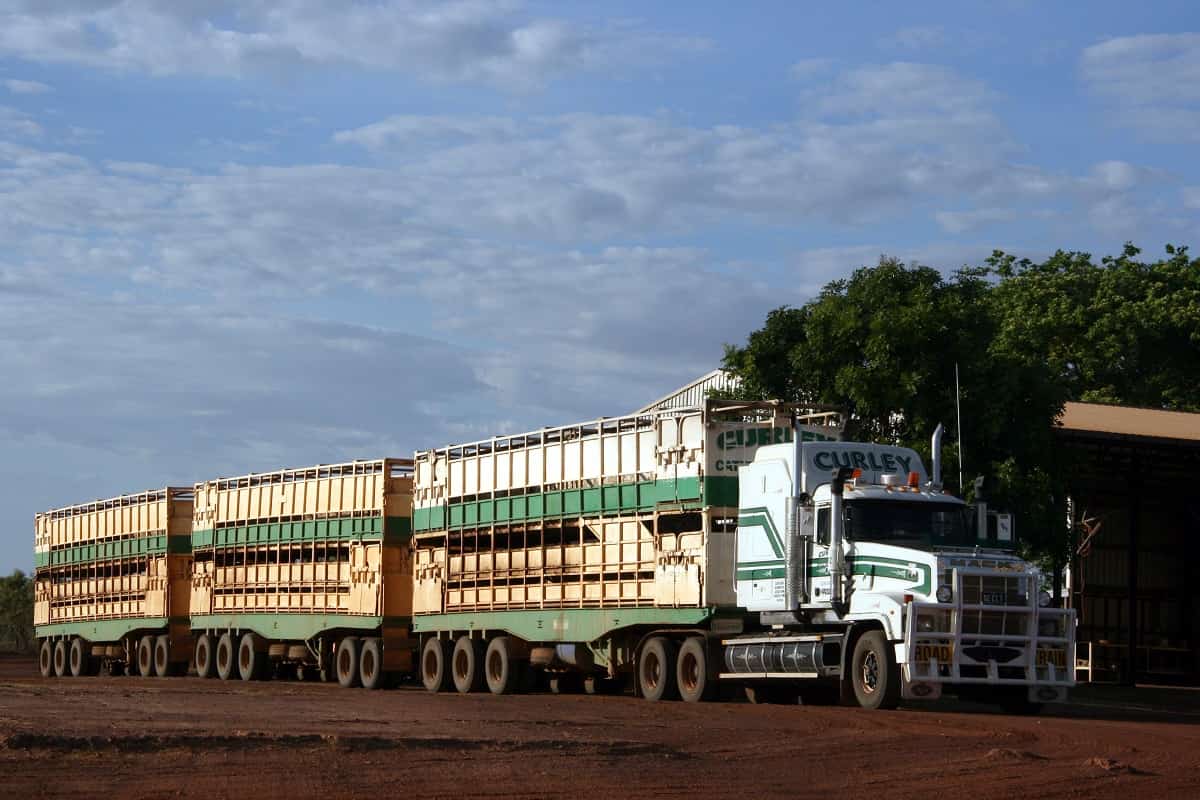Chinese economic measures taken in 2021 against Australia and Lithuania are the most recent and high-profile examples of its use of economic coercion.
Australia
Soon after Australia and China concluded a comprehensive bilateral free trade agreement in 2015, concerns about the implications of Chinese investment surfaced in the Australian system. In particular, there was concern about the proposed purchase by the Chinese-owned Landbridge Group of a long-term lease of the Port of Darwin in northern Australia. The Landbridge Group describes itself as a “private company”, but its owner is directly linked with the Chinese government.

The Port of Darwin lease ultimately proceeded as it qualified at the time for an exemption from Australia’s foreign investment legislation, which covered the sale of state and territory-owned assets.
But the controversy led to the introduction in 2021 of a raft of changes to Australia’s foreign investment screening system. This included the addition of a national security test and greater scrutiny of foreign government investments in infrastructure assets.
Earlier, Australia had also made a number of legislative amendments to counter foreign interference in its political system,
action that attracted a negative reaction from the Chinese government.
The concerns raised by the Port of Darwin case were also present in 2018 when the Australian government decided to ban the Chinese telecommunications company Huawei (along with Chinese partially state-owned enterprise ZTE) from participating in the development of Australia’s 5G network. The decision provoked a vociferous reaction from the company as well as from the Chinese government, which characterised the ban as “politically motivated” and as undermining the principles of competition and non-discrimination in trade.

The 5G decision was followed in 2020 by a public statement from the Australian foreign minister calling for a global inquiry into the origins of Covid-19.
Soon after, China announced a wide range of trade measures and restrictions targeted at Australia’s exports. The Chinese government-imposed import restrictions and discriminatory purchasing measures on eight commodities: coal, copper ores/concentrates, frozen beef, wine/grapes, cotton, barley, timber products, and rock lobster. Together, these commodities accounted for around 13 per cent of China’s imports from Australia in 2019.
The Chinese government did not, however, impose restrictions on Australian exports that were essential inputs to China’s economy, notably iron ore. Its approach was to select goods that China could easily obtain from other countries.
The prevailing consensus in the political and business communities in Australia is that any attempt by Australia to retaliate outside WTO rules could risk further punitive action from China.
China denied that these measures were coercive.
It sought to blame Australia for the deterioration in bilateral relations and relied on dubious legal grounds to justify some of the measures. For example, it claimed that Australian wine exports were benefiting from government subsidies.
In response, the Australian government initiated two dispute settlement actions against China in the WTO. Australia challenged the legality of China’s anti-dumping measures on Australia’s wine exports and its anti-dumping and countervailing duty measures on barley. The cases are ongoing.
China’s use of informal restrictions is a clear violation of the spirit of WTO rules. But given the lack of transparency in Chinese decision-making processes, the prospects of successfully challenging such actions under the existing WTO rules are uncertain.
Apart from triggering WTO dispute action and encouraging affected industries to pursue market diversification, the Australian government has not taken direct action against China. Instead, it has strengthened dialogue with other like-minded countries, notably in the Quad grouping. The prevailing consensus in the political and business communities in Australia is that any attempt by Australia to retaliate outside WTO rules could risk further punitive action from China.
Lithuania
Chinese action against Lithuania in 2021 was prompted by Lithuania’s decision to withdraw from the 17+1 process
, as well as the opening of a Taiwanese representative office in Vilnius and a Lithuanian trade office in Taipei.
On 1 December 2021, Lithuania disappeared from the Chinese Customs Administration’s country list, effectively preventing Lithuanian exporters from completing required customs paperwork.
Soon after, Lithuania reappeared on the customs list, but shipments were not cleared, and a number of import applications were rejected by the Chinese authorities. Reports at the time suggested that China also blocked imports from the EU with Lithuanian components, notably from Germany.
Initially, Lithuania found ways to de-escalate the issue by addressing China’s concerns. But ultimately China made no concessions on the core issue, and the EU acted to support Lithuania. In April 2022, the EU approved a €130 million support package for companies affected by the Chinese measures.
In comments that were interpreted as referring both to China and to the United States, French President Emmanuel Macron said he would advocate for the adoption of an anti-coercion instrument to respond to economic aggression directed at an EU member state.
On 31 January 2022, the EU initiated dispute action against China in the WTO. The EU case was based on the claim that the Chinese measures were inconsistent with provisions of the General Agreement on Tariffs and Trade (GATT 1994), the General Agreement on Trade in Services (GATS), the Agreement on the Application of Sanitary and Phytosanitary Measures (SPS Agreement), and the Trade Facilitation Agreement (TFA). The case is ongoing. Several WTO members, including the United States, the United Kingdom, Japan, Australia, and Taiwan, sought unsuccessfully to join the case as third parties at the consultations phase. If the EU proceeds with the case to the panel stage, China will not be able to block third party participation.






